We were out on the boat from around 9:30 until 5:30pm. Right around 5:30 the weather changed suddenly and storm clouds rolled in off the mountains. The sea started to churn and Giovanni rushed to drop us off before the rain & lightning began. Luckily our trusty caretaker, Franco, was at the dock waiting for us and helped us get back to the apartment safely before the crazy storm. From our apartment we watched lightning over the water, and later, a beautiful rainbow.
After about three weeks in various parts of Italy and a few prior trips, we both declared this area our favorite part of the country. The views, the water, the villages, the food and the people are incredible. This is certainly a place we hope to visit again.
Amalfi tip: If you don't like crowds avoid staying in the major towns like Positano. When we visited it was difficult to walk around because the streets are packed with tourists. The food prices are also a lot higher here than in the other towns. Minori is one of the smaller towns along the coast and we never felt claustrophobic nor did we ever have to wait for a table at either restaurant.
Tip #2: Driving along the coast is dangerous. The narrow roads twist and turn along the mountainside and through passageways in tiny villages. You share the road with busses and motorcycles (who have their own set of rules). Driving here is not for the faint of heart, so be prepared if you choose to drive! While we hated to leave the Amalfi coast, we bid good riddance to the driving.
On one of our days in the Amalfi coast, we drove about 40 minutes to the town of Solofra. What is Solofra's claim to fame? It is the ancestral home of one branch of Chris' family. They left Solofra around the turn of the century, but several family members stayed behind and the current generation living in the US has largely lost touch with the branch that stayed behind. So we decided to check it out and do some digging. What did we find? Stay tuned for the next post!

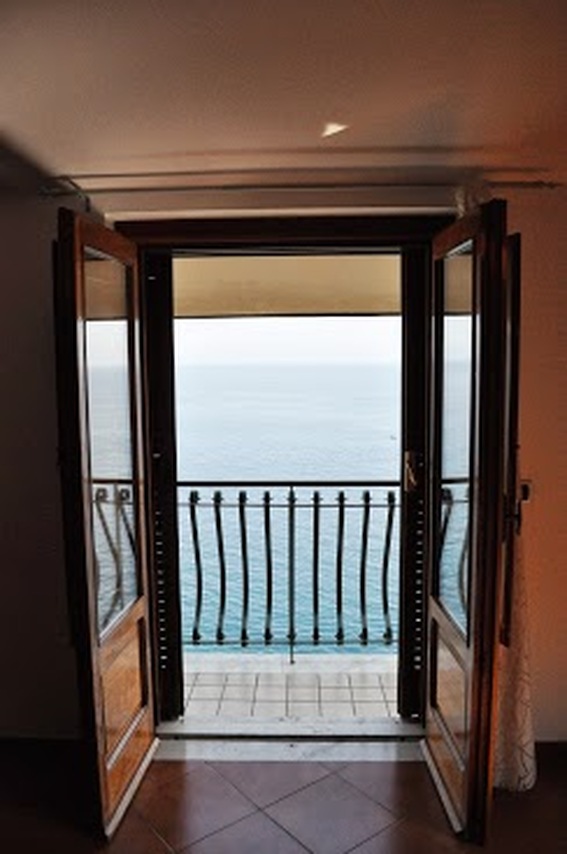
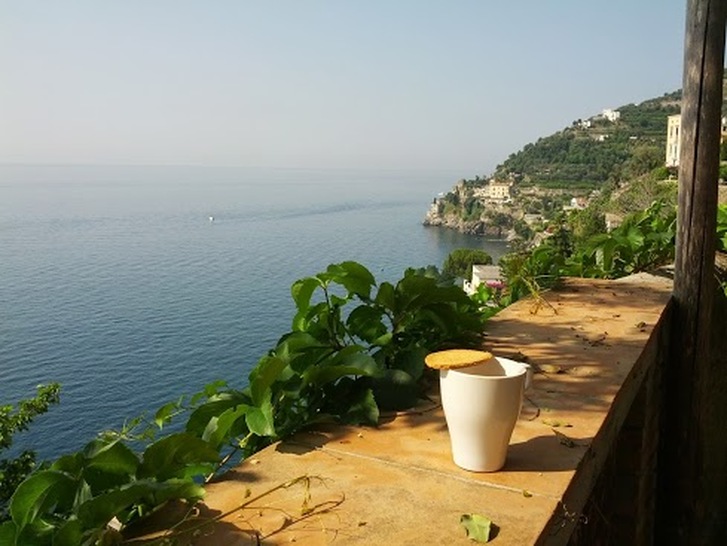

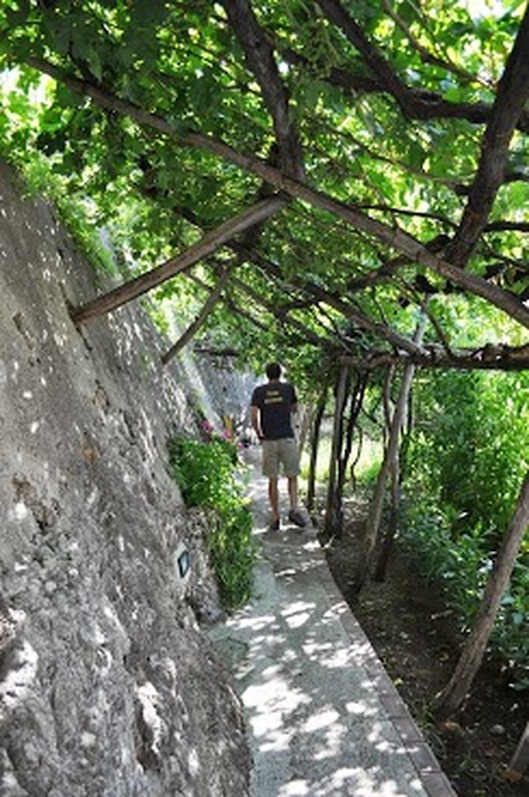
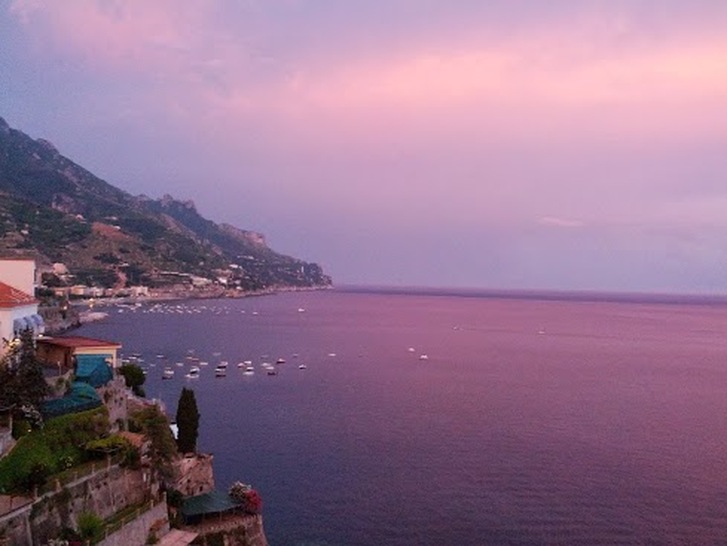
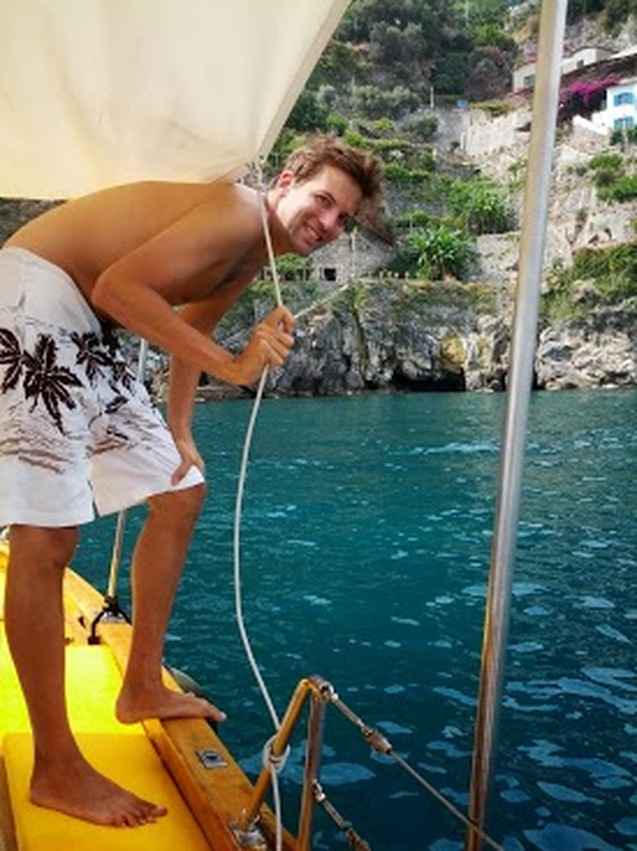
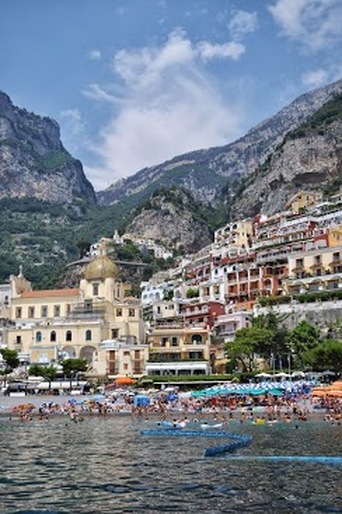
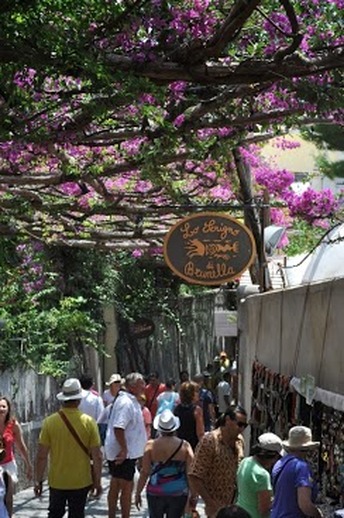
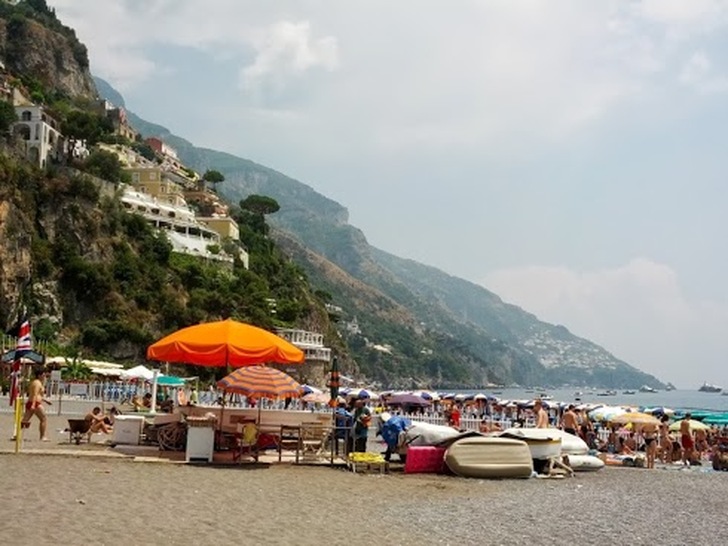
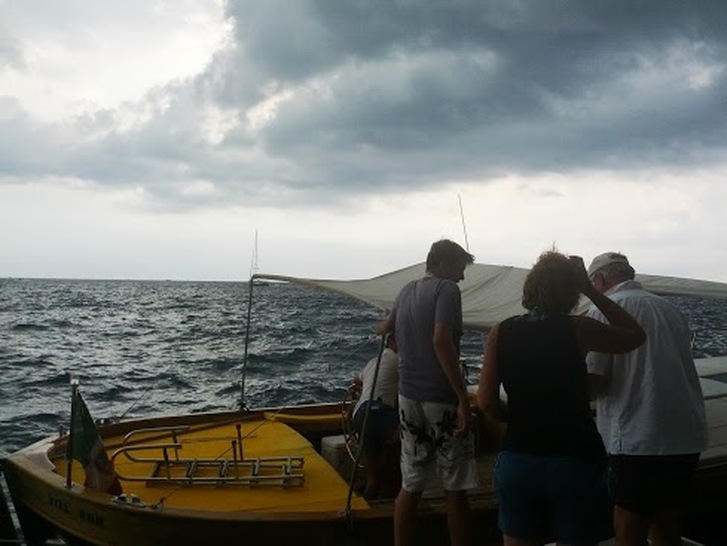
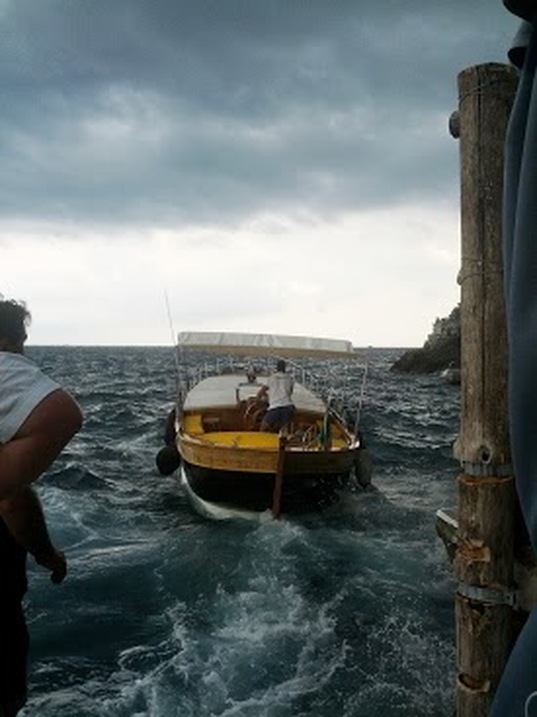
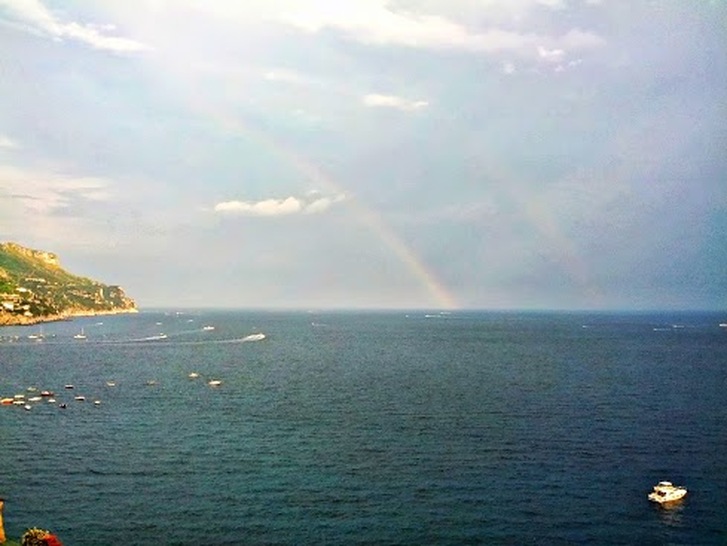
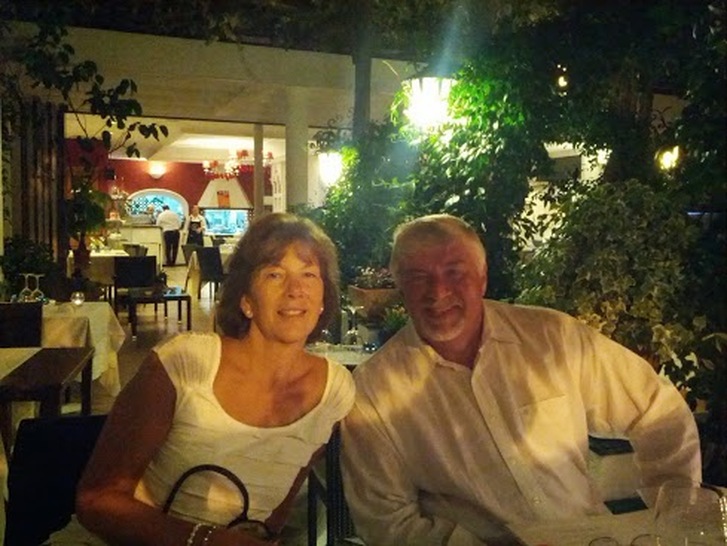
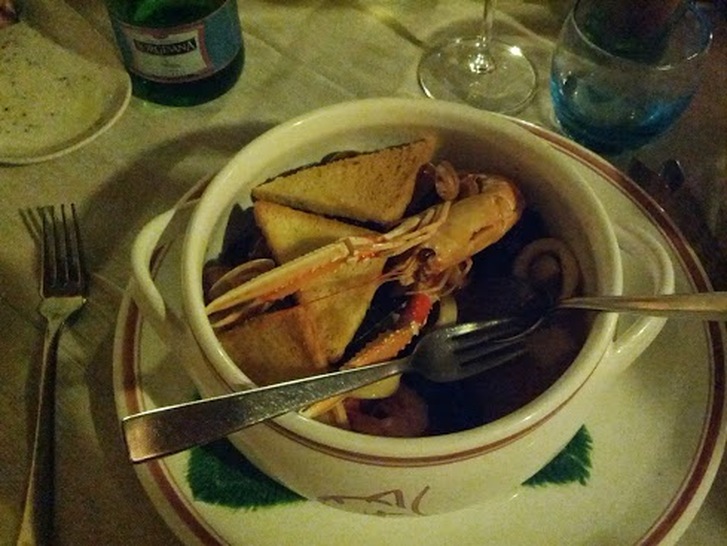
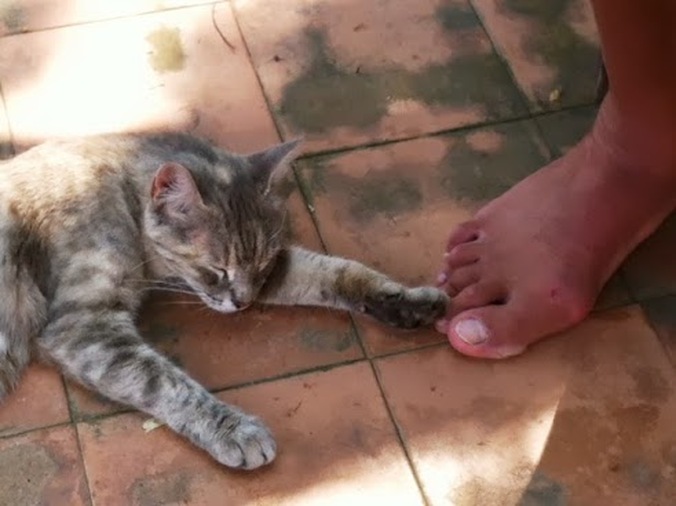
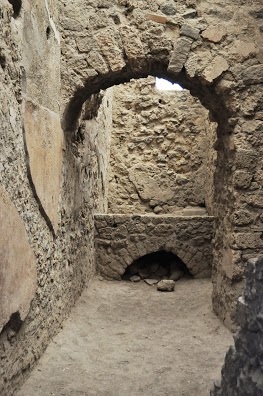
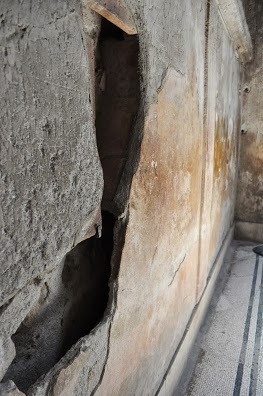
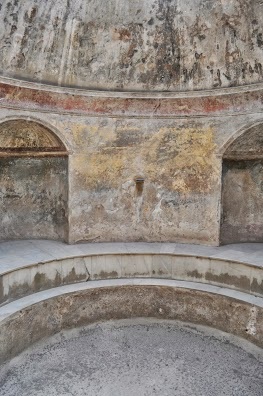
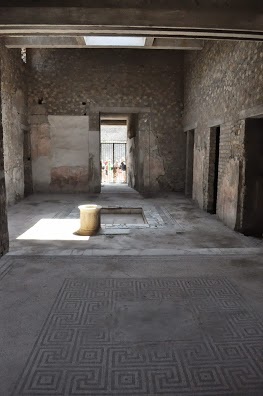
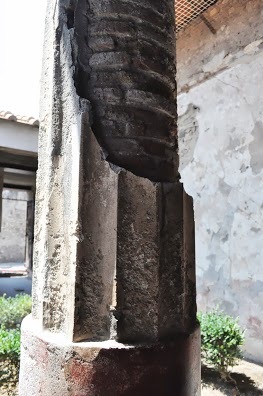
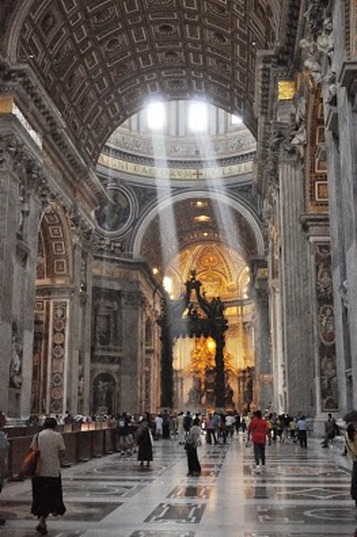
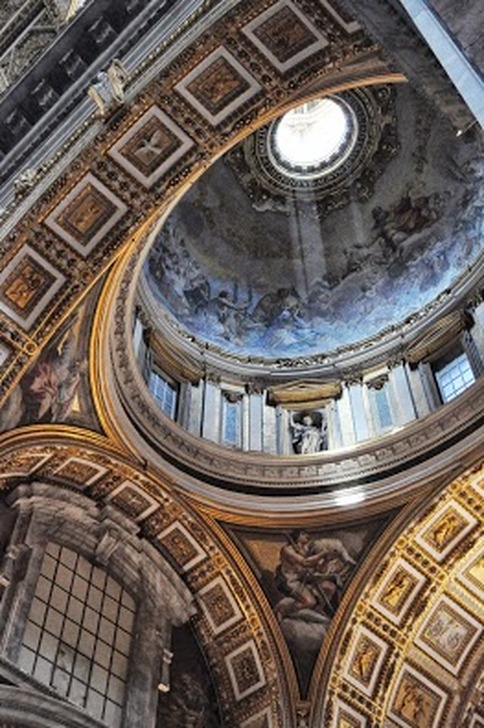
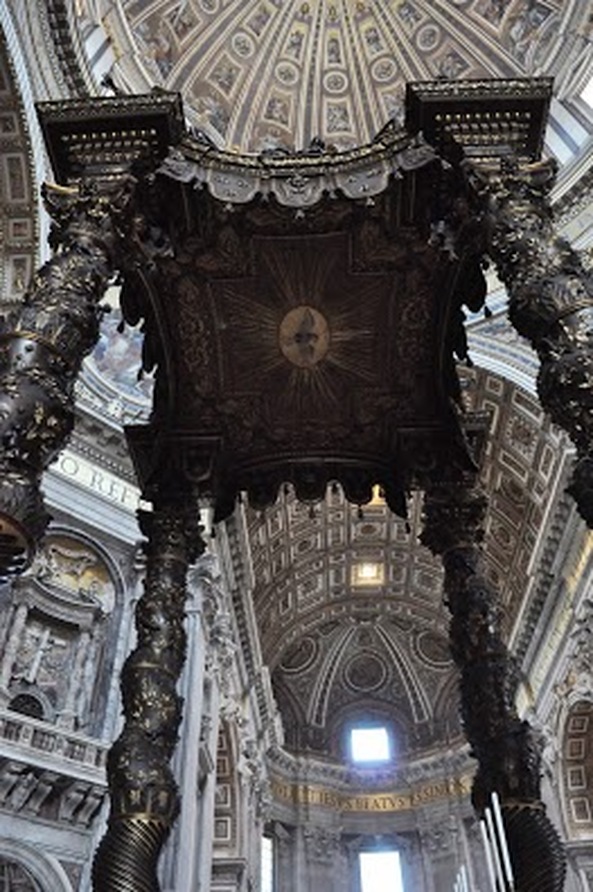
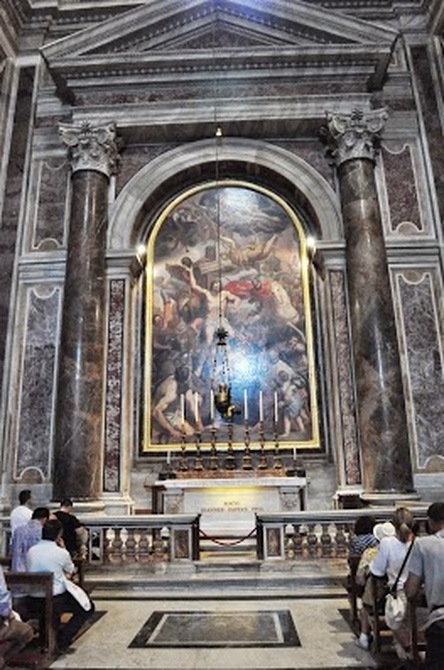
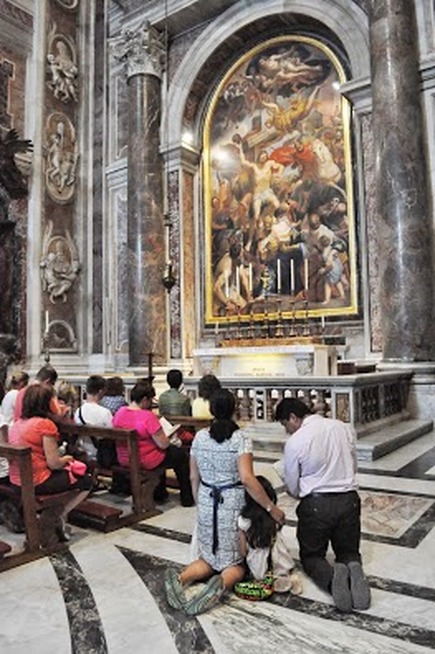
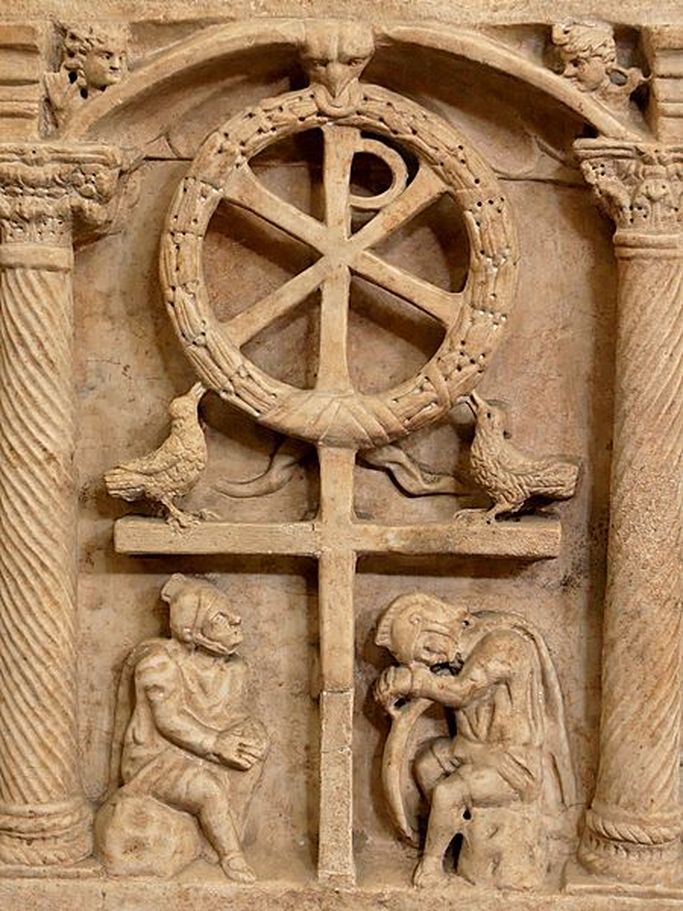
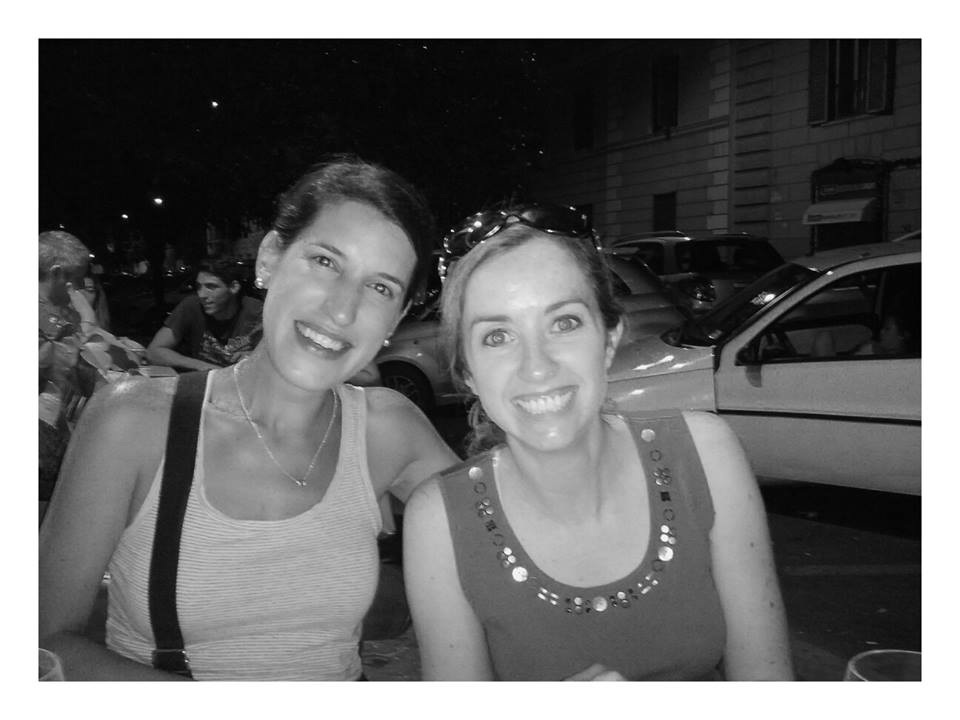
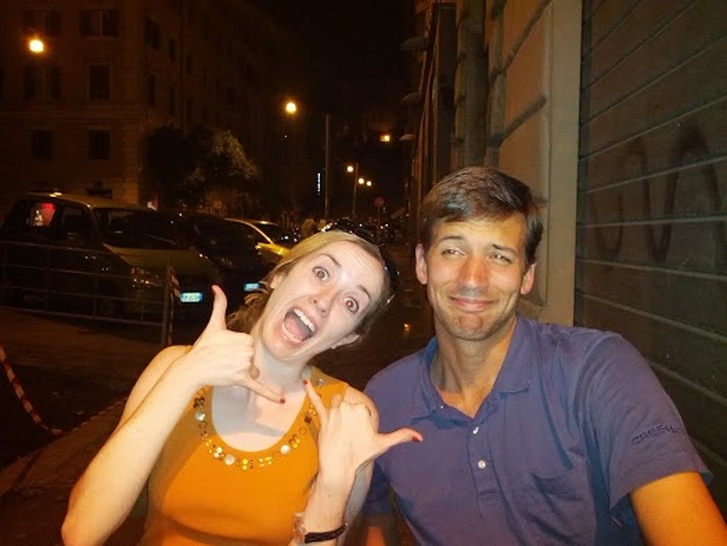
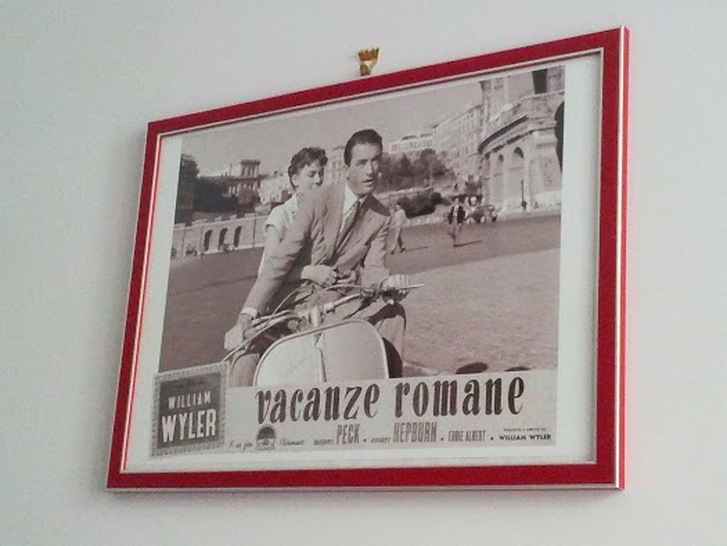
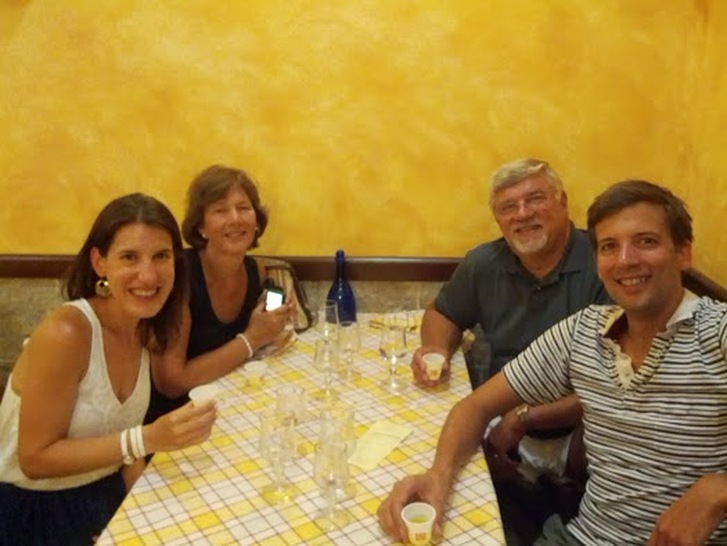
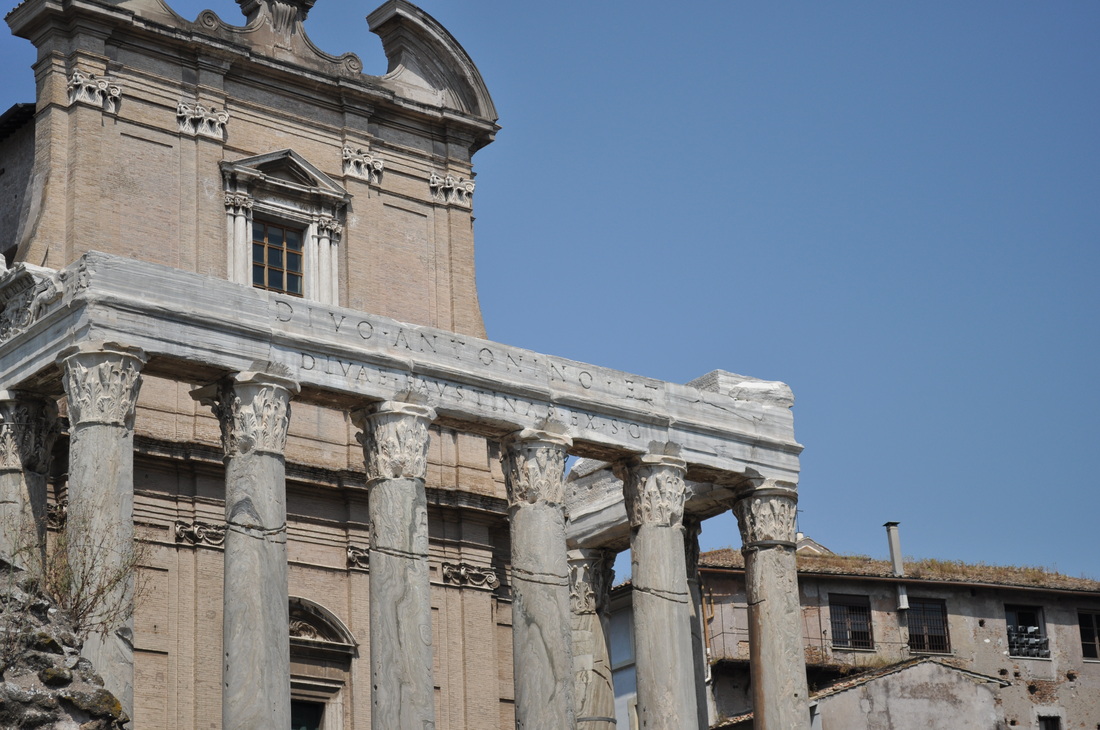
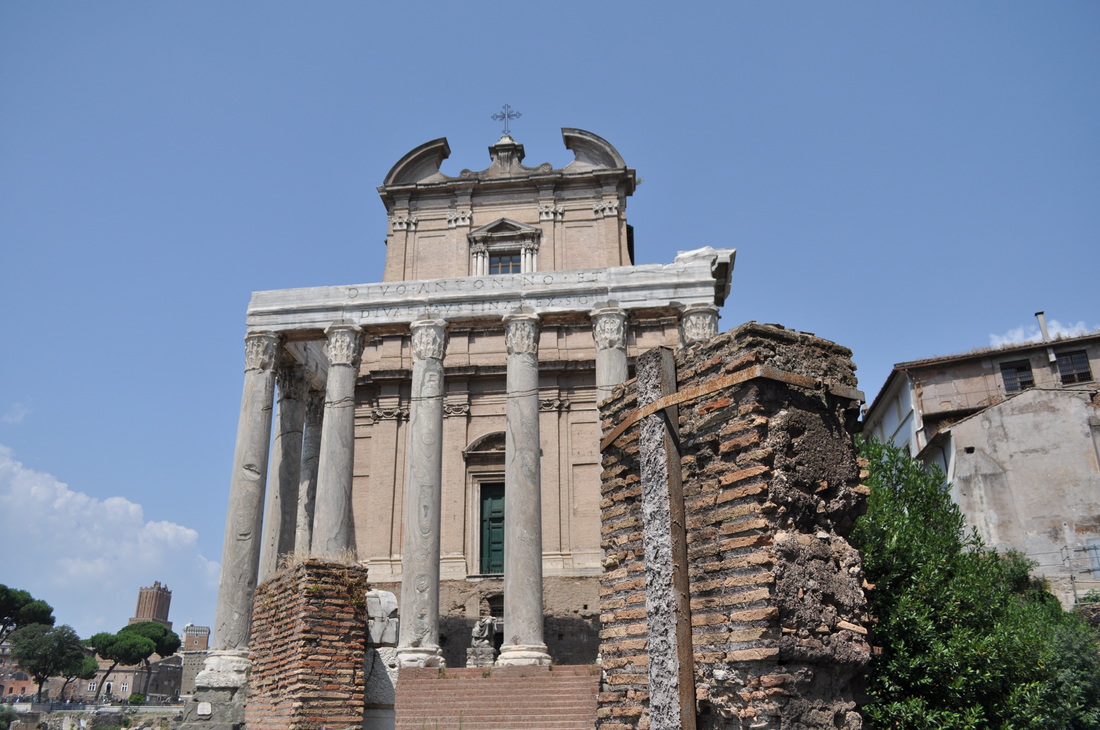
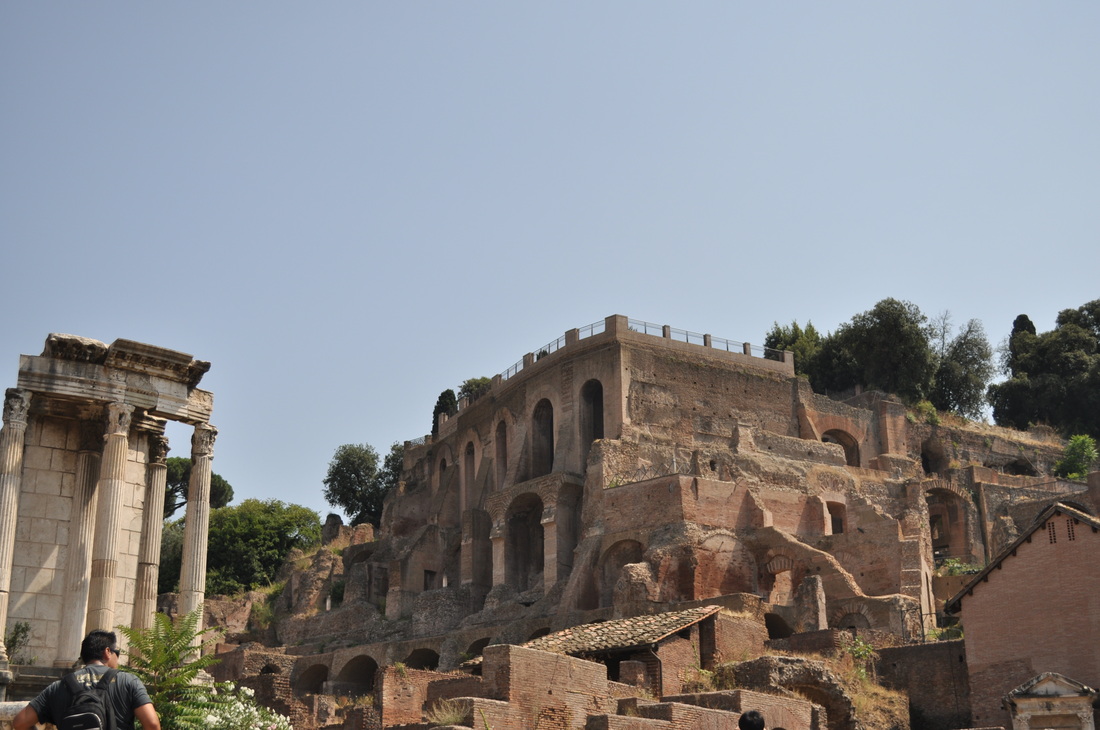
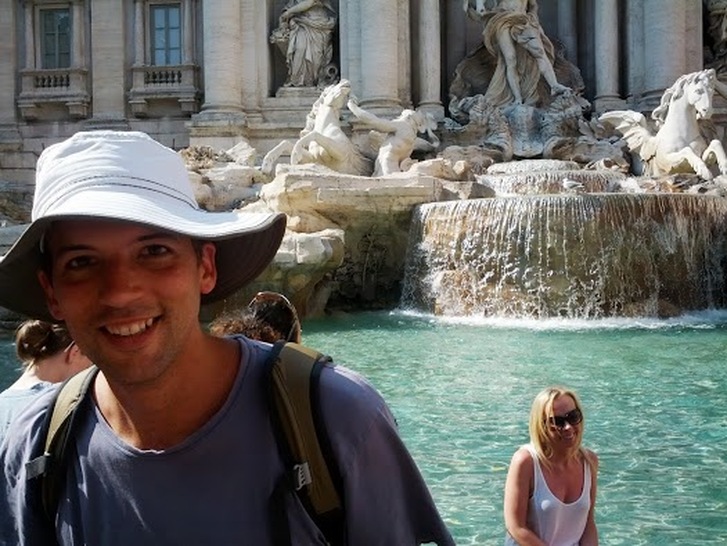
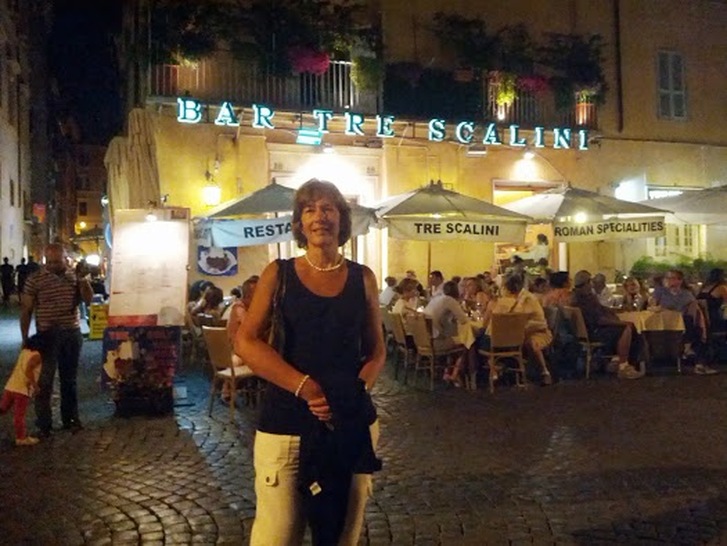
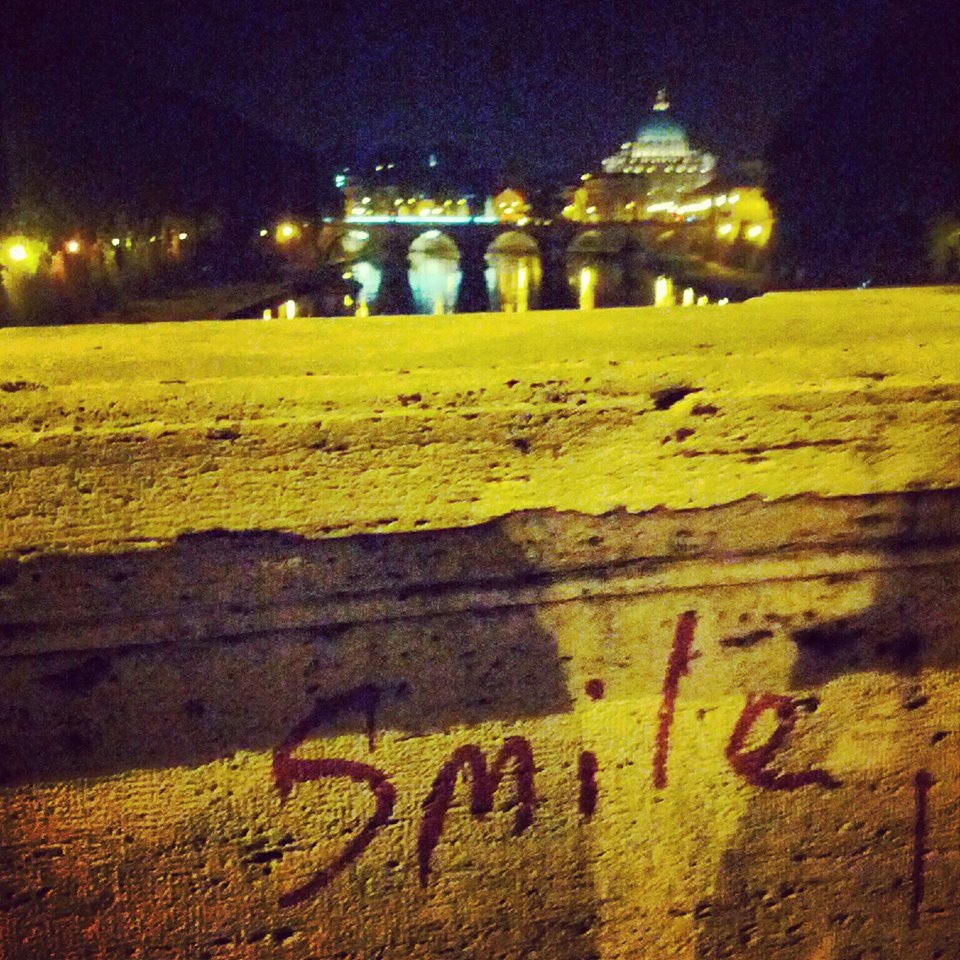
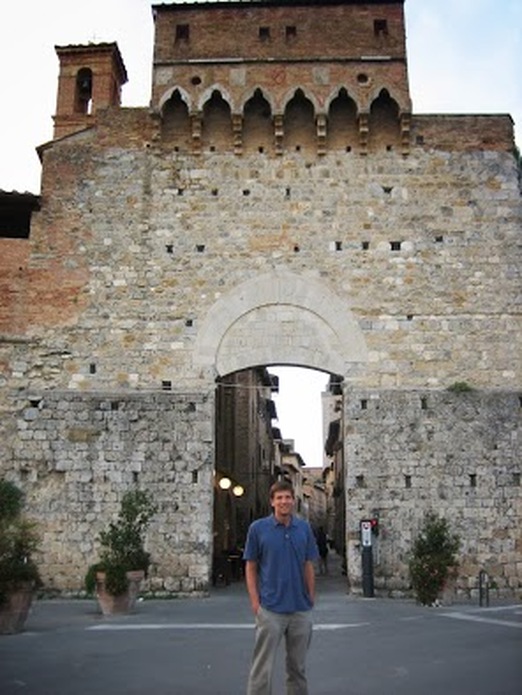
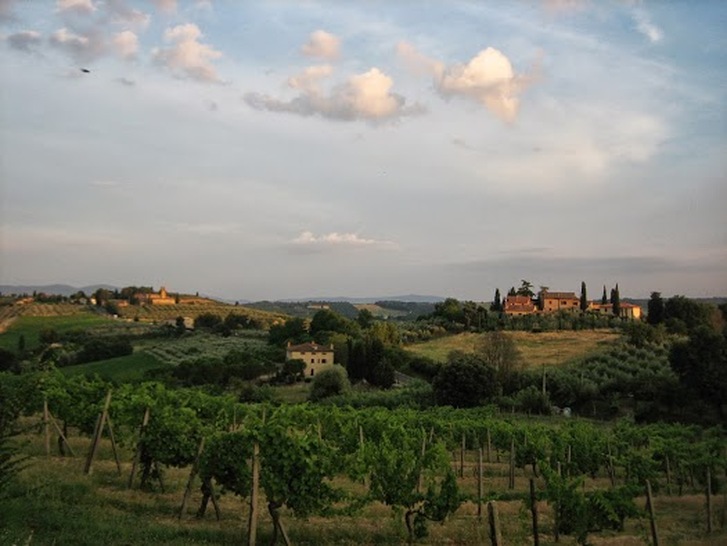
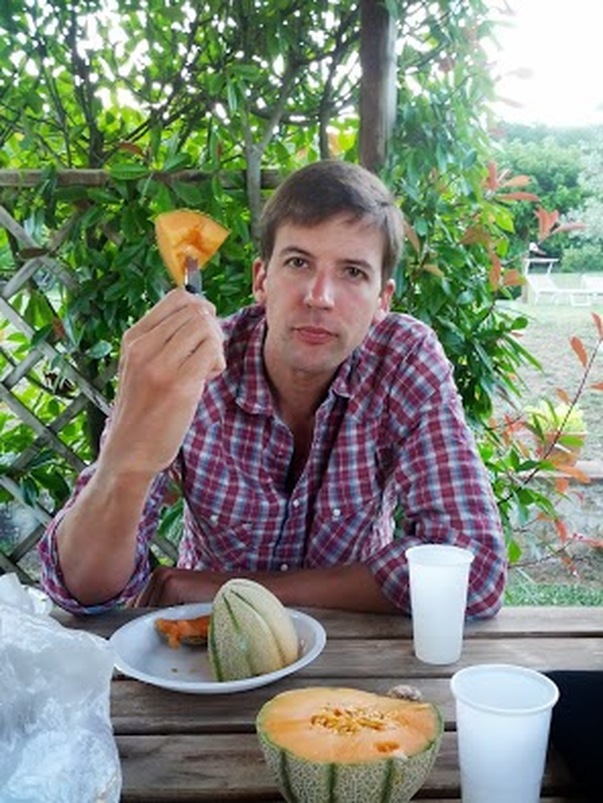
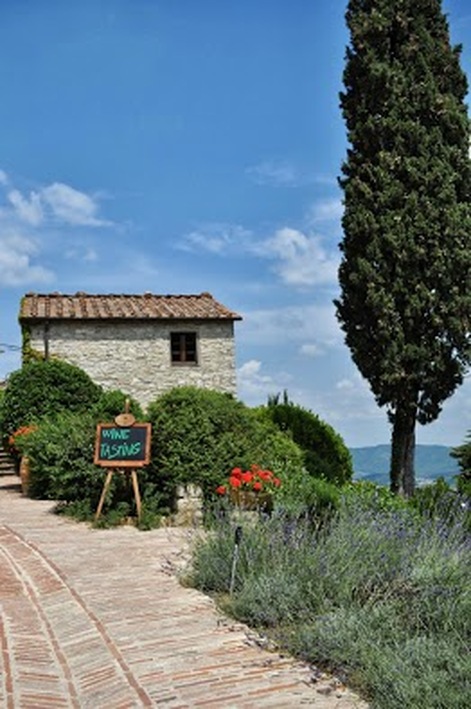
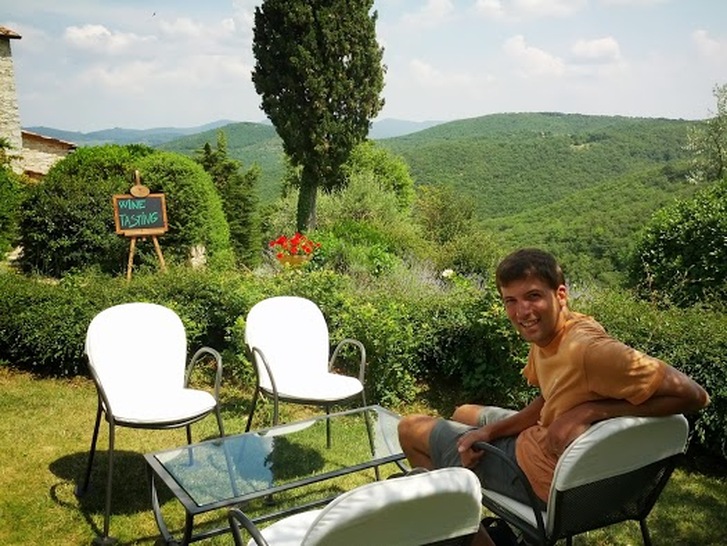
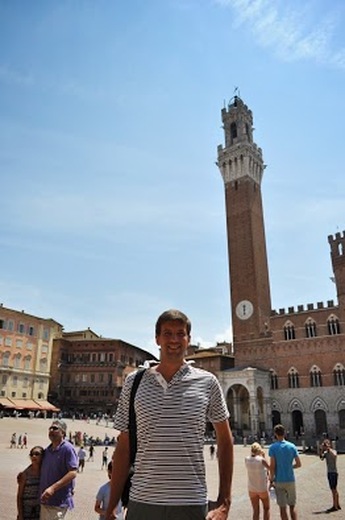
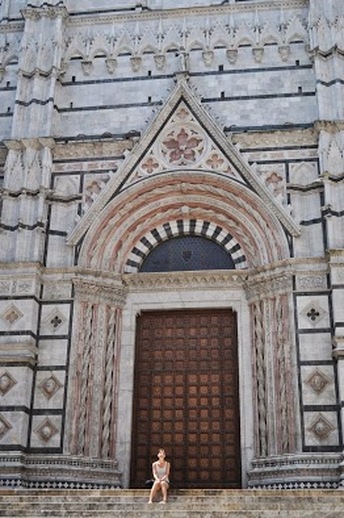
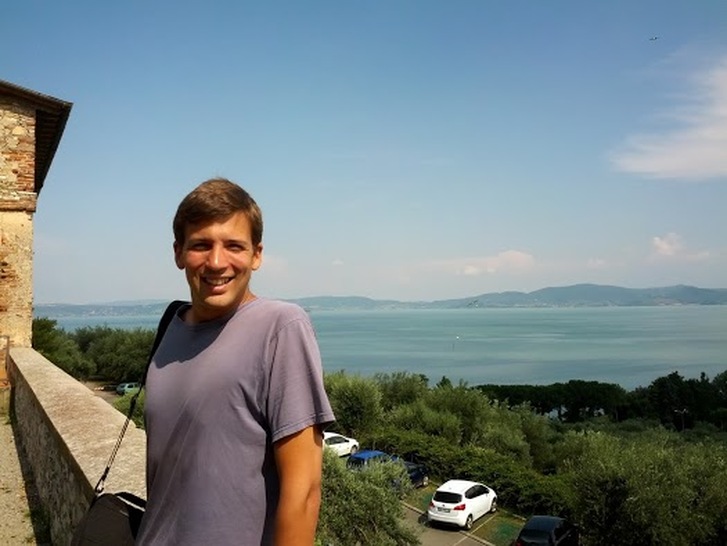
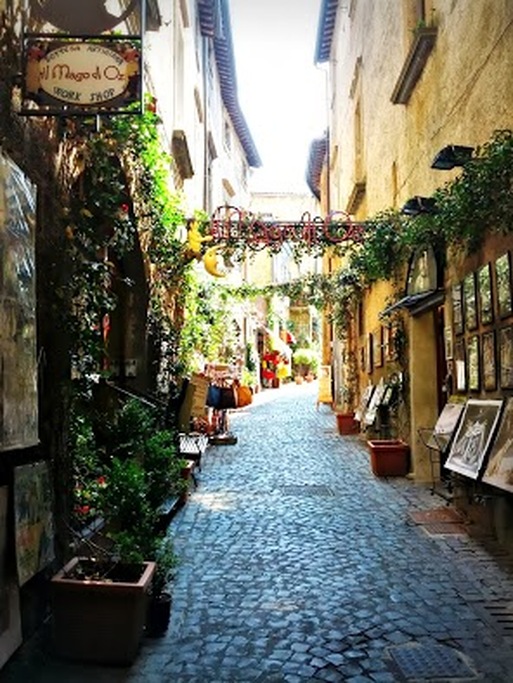
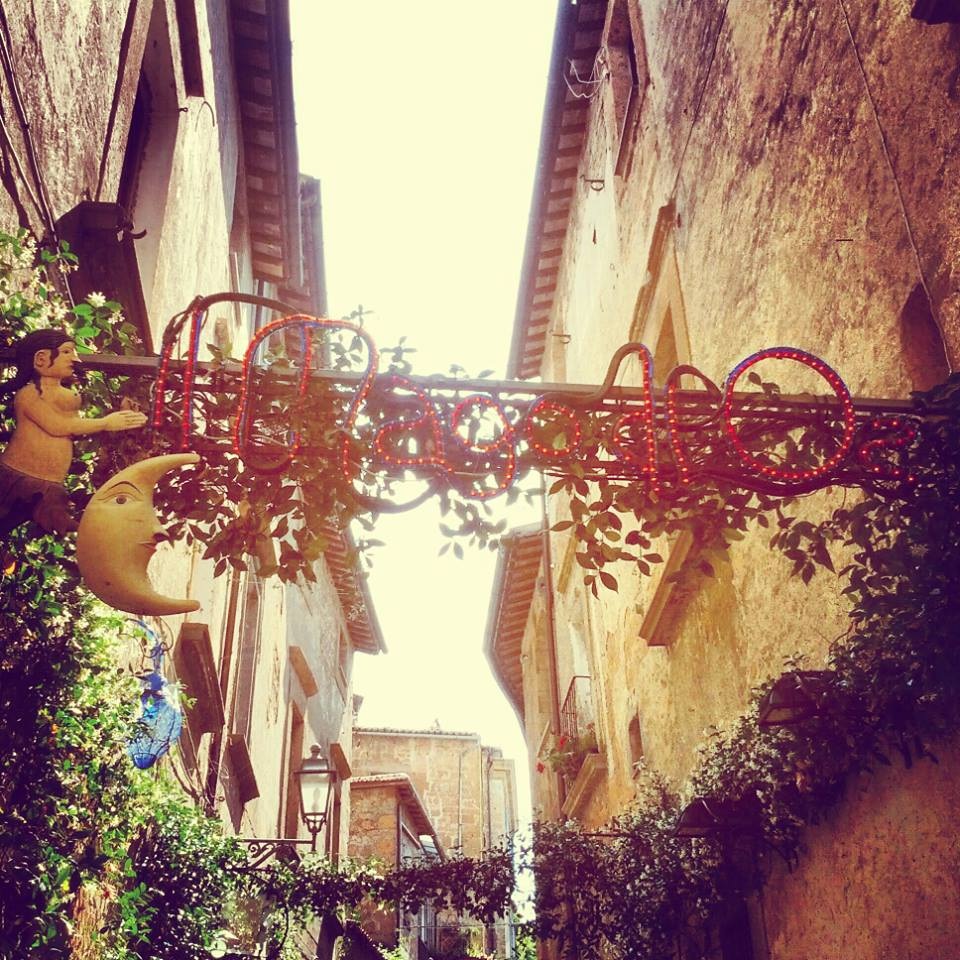
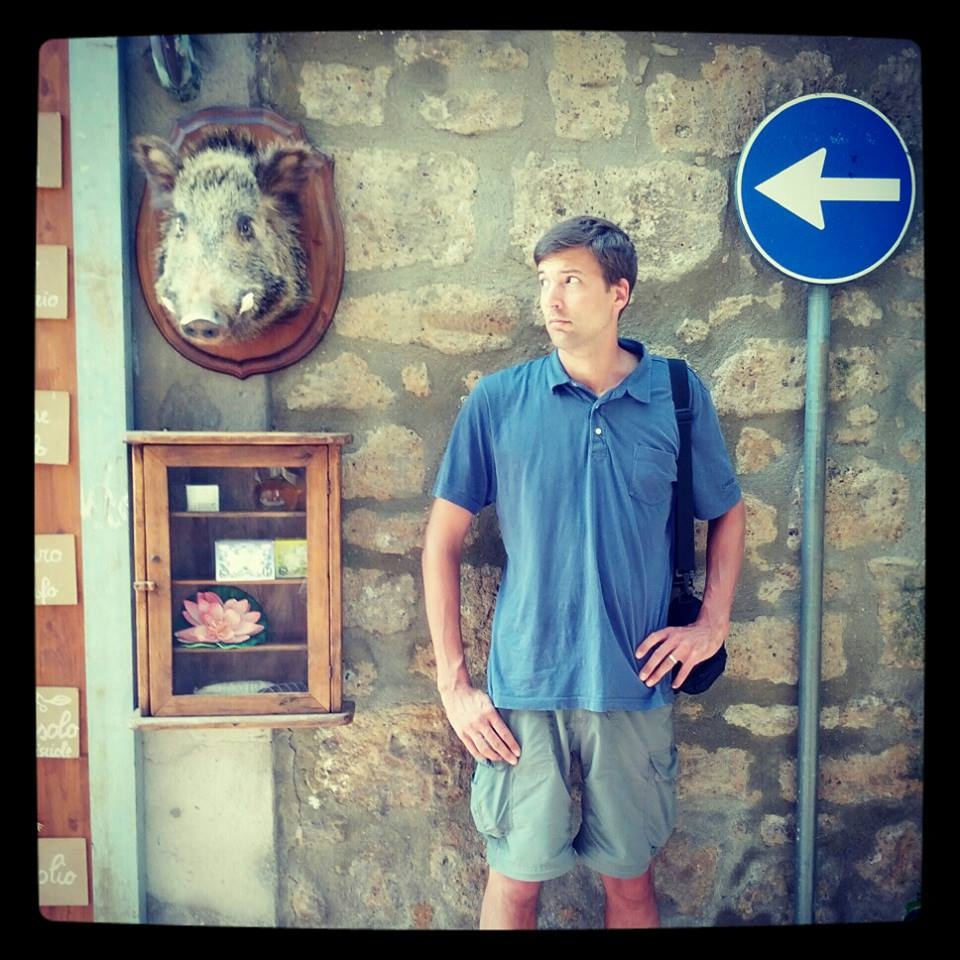
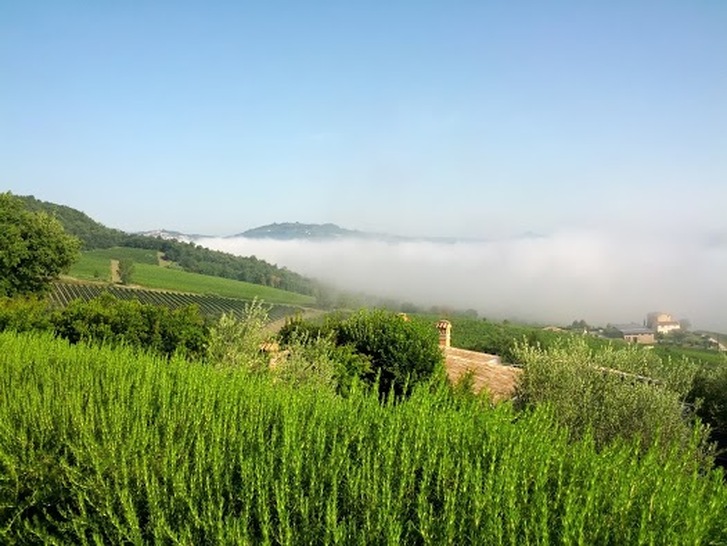
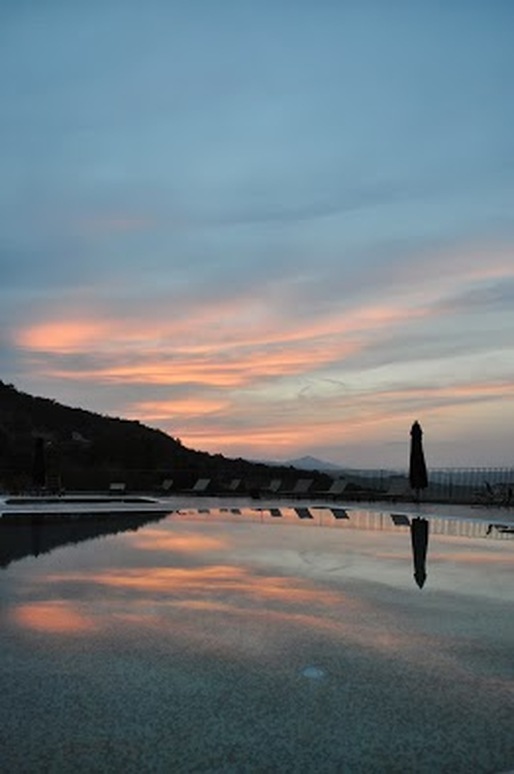
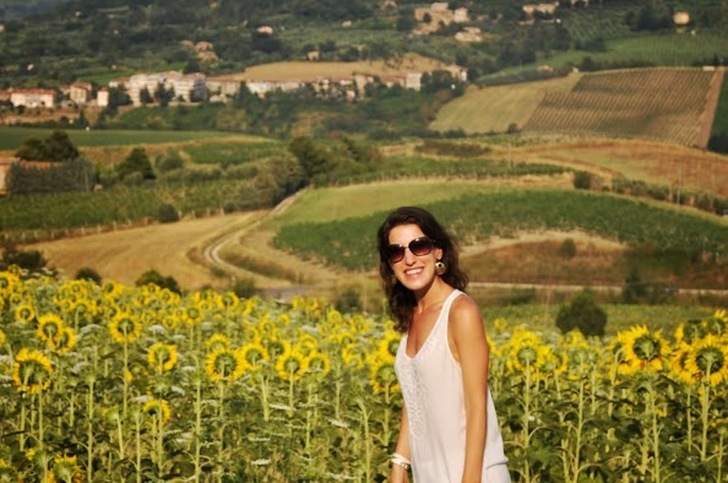
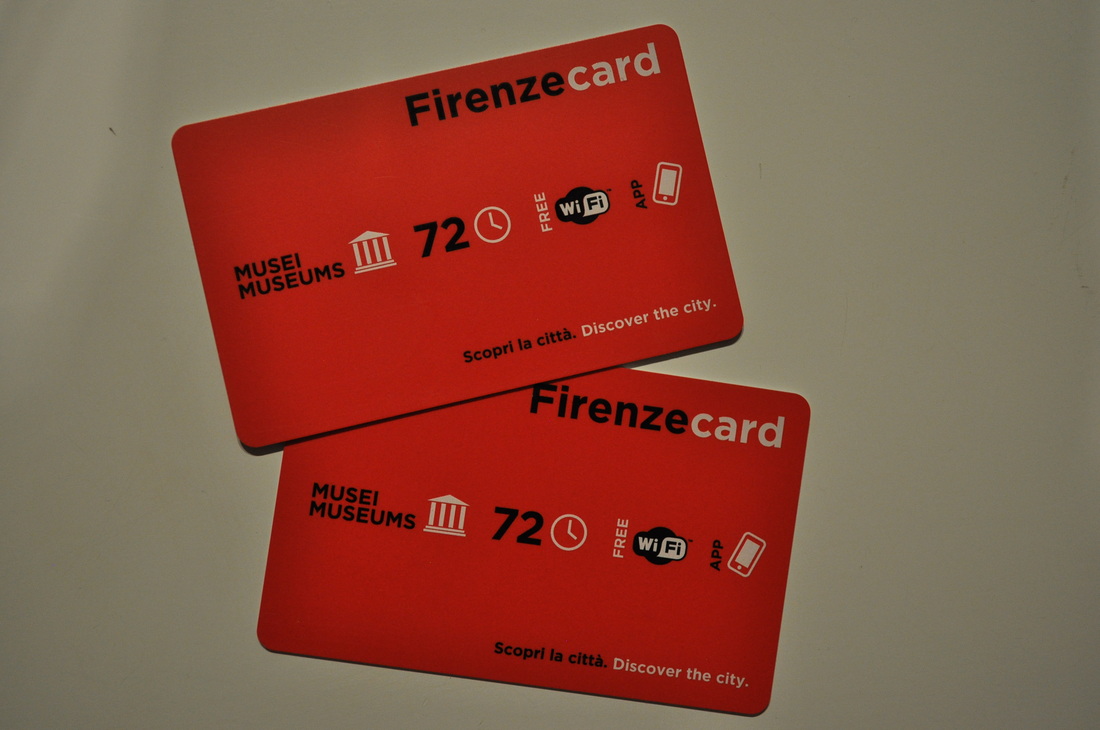
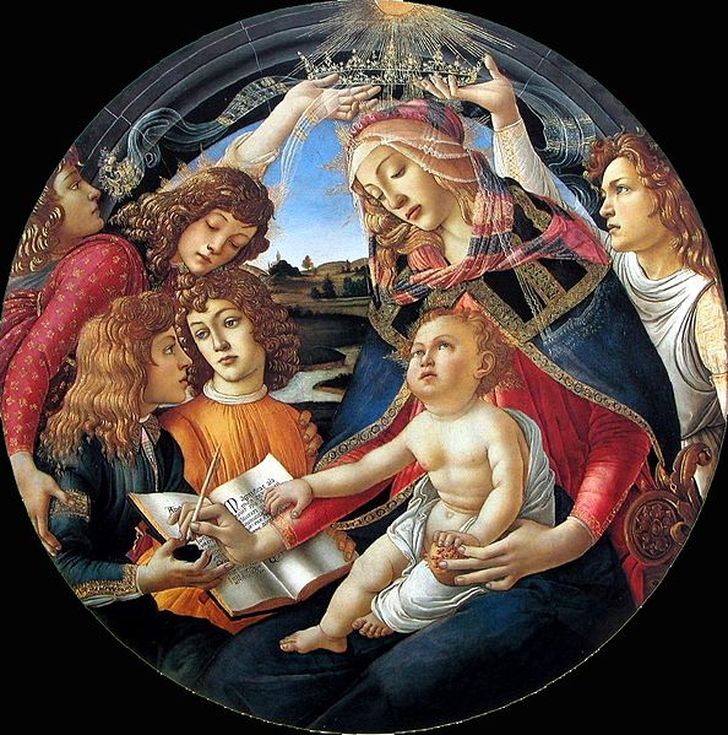
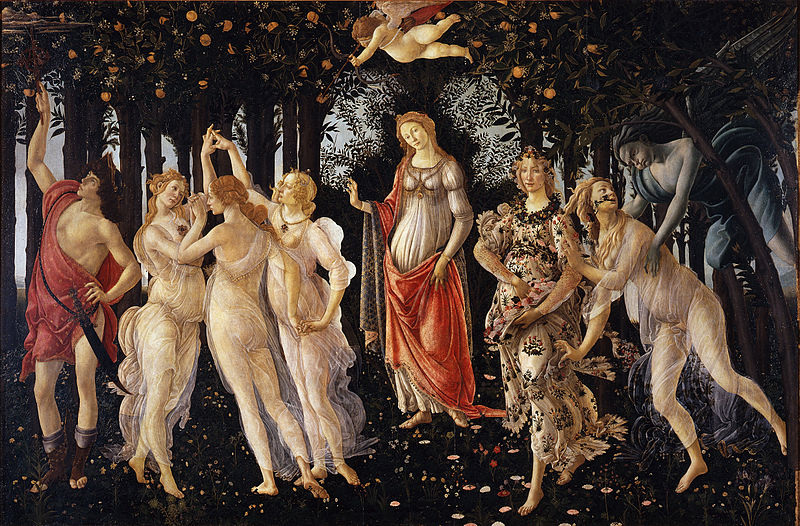
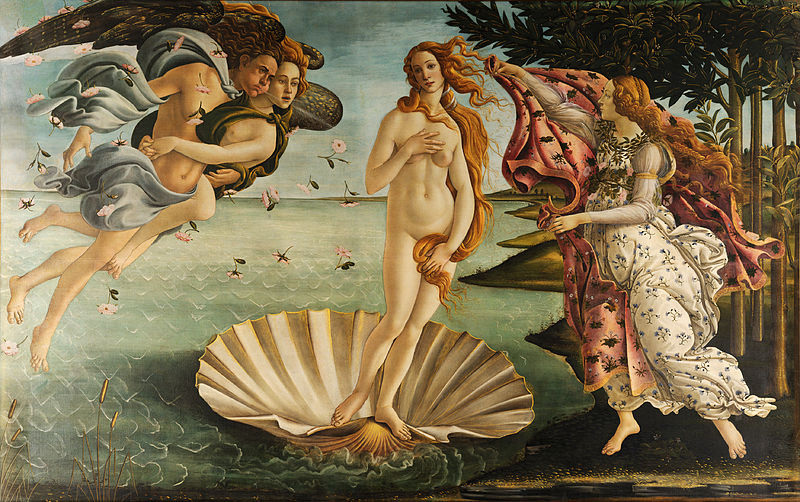
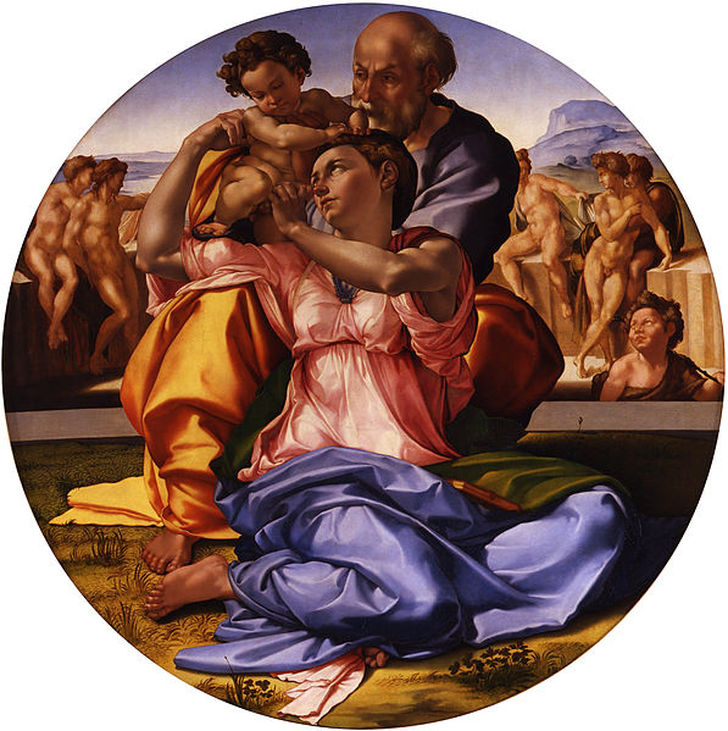
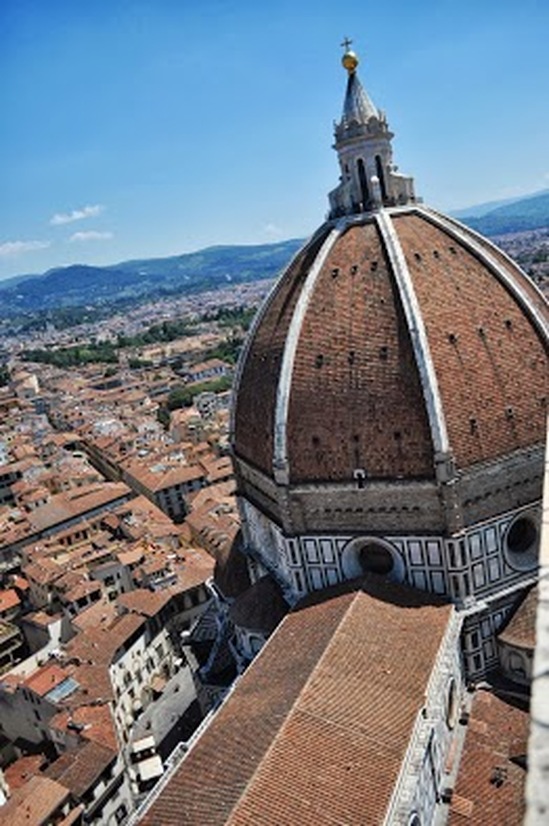
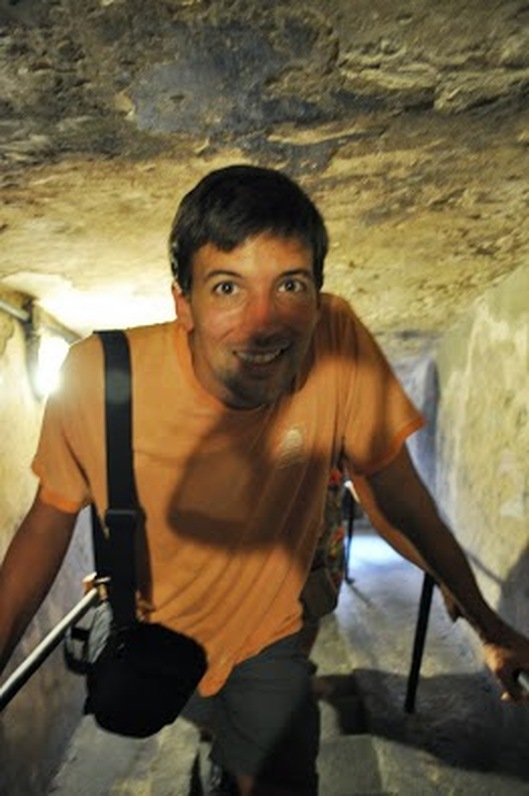
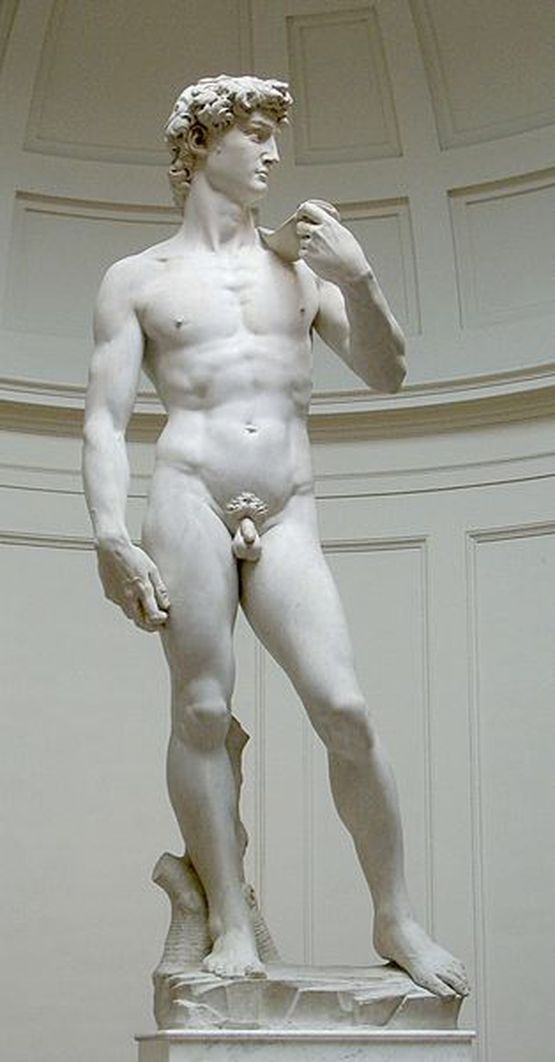

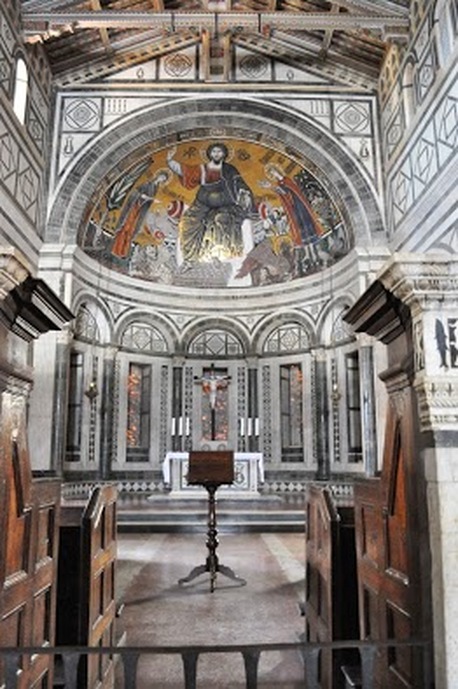
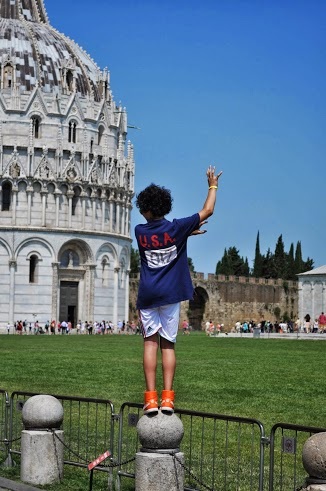
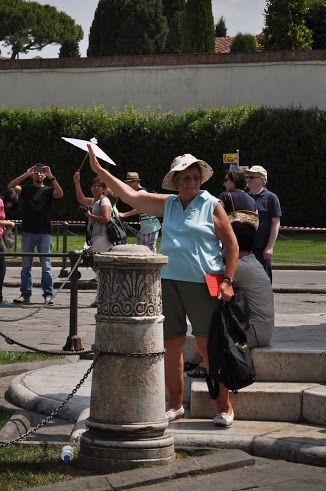
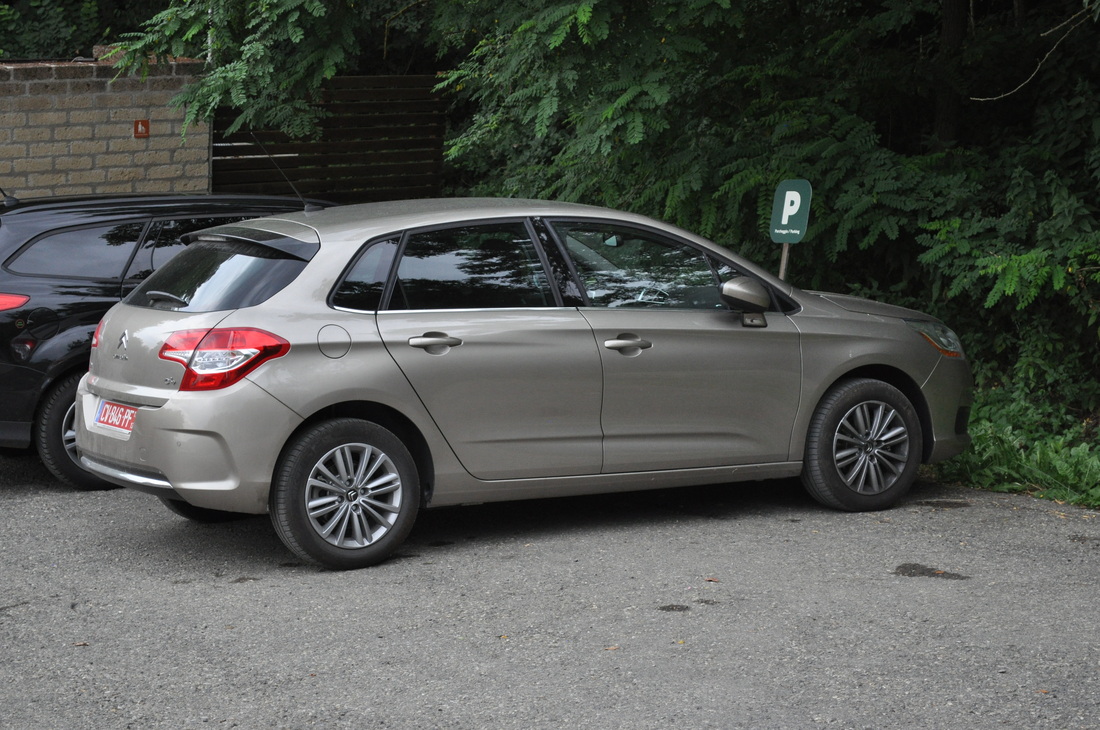
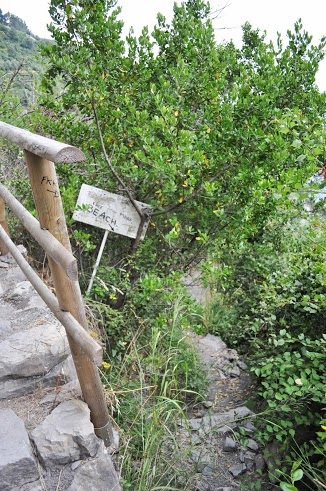
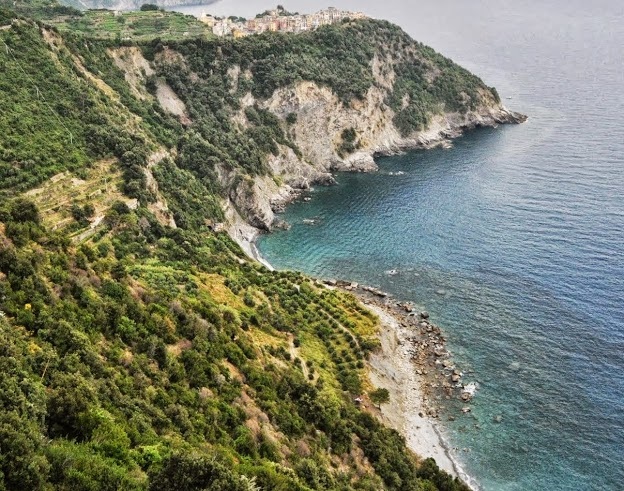
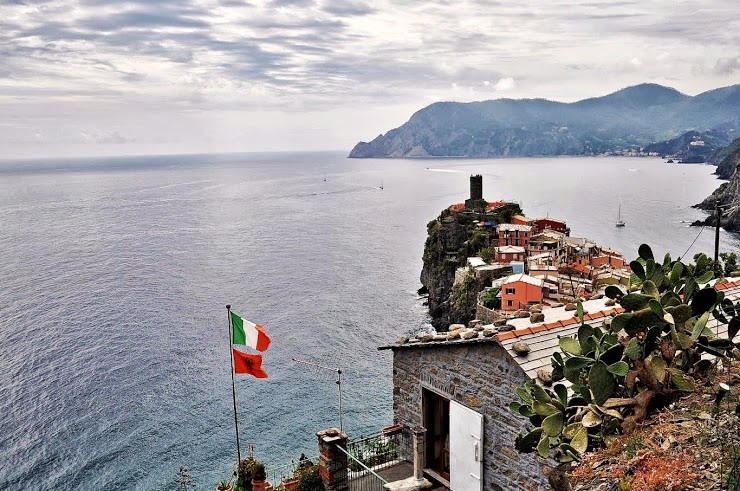
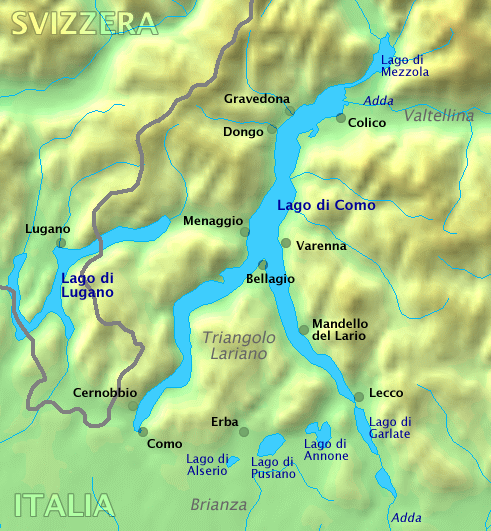
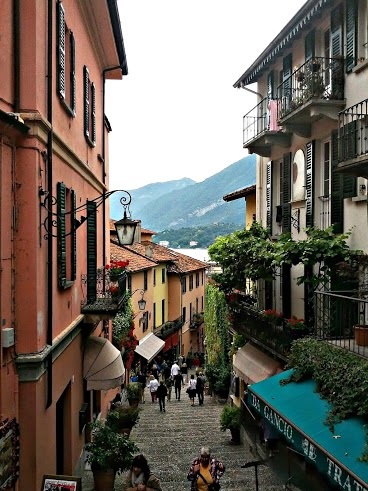
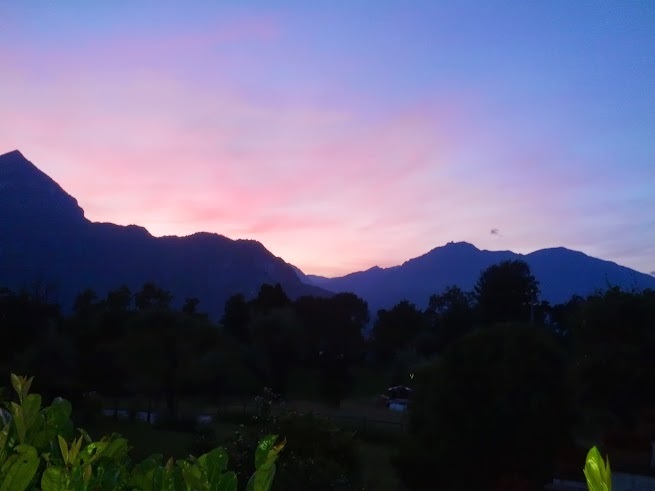

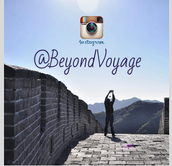
 RSS Feed
RSS Feed
